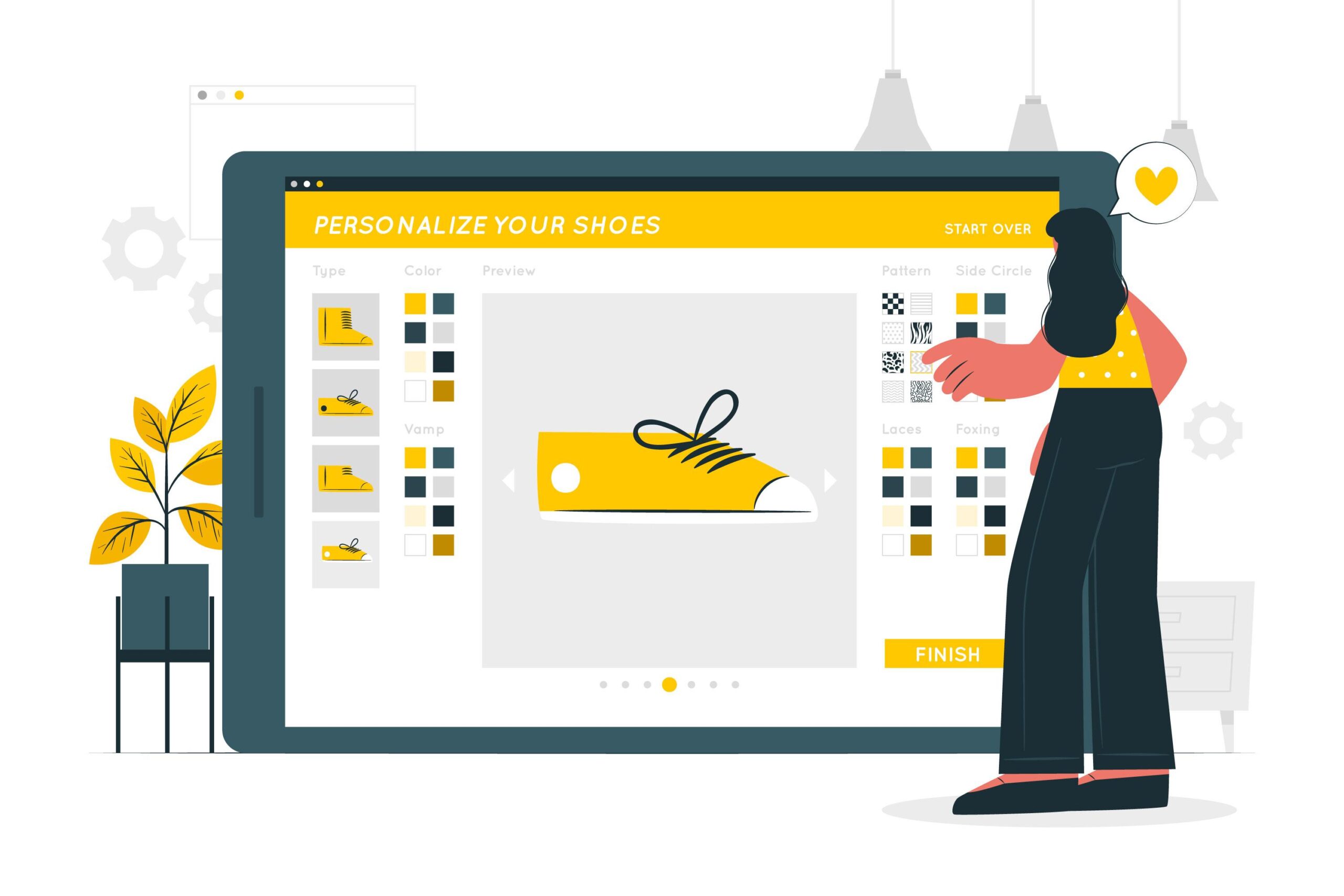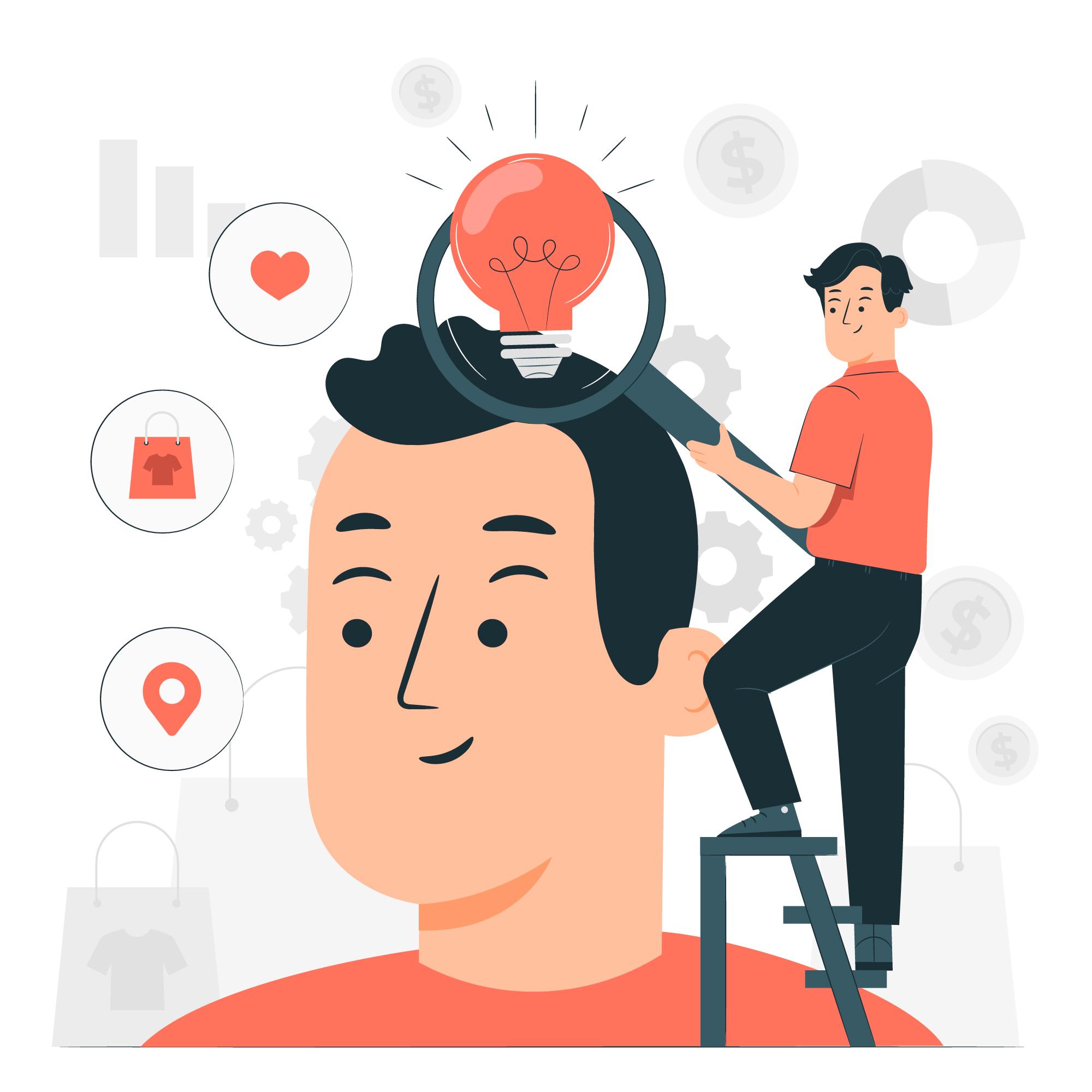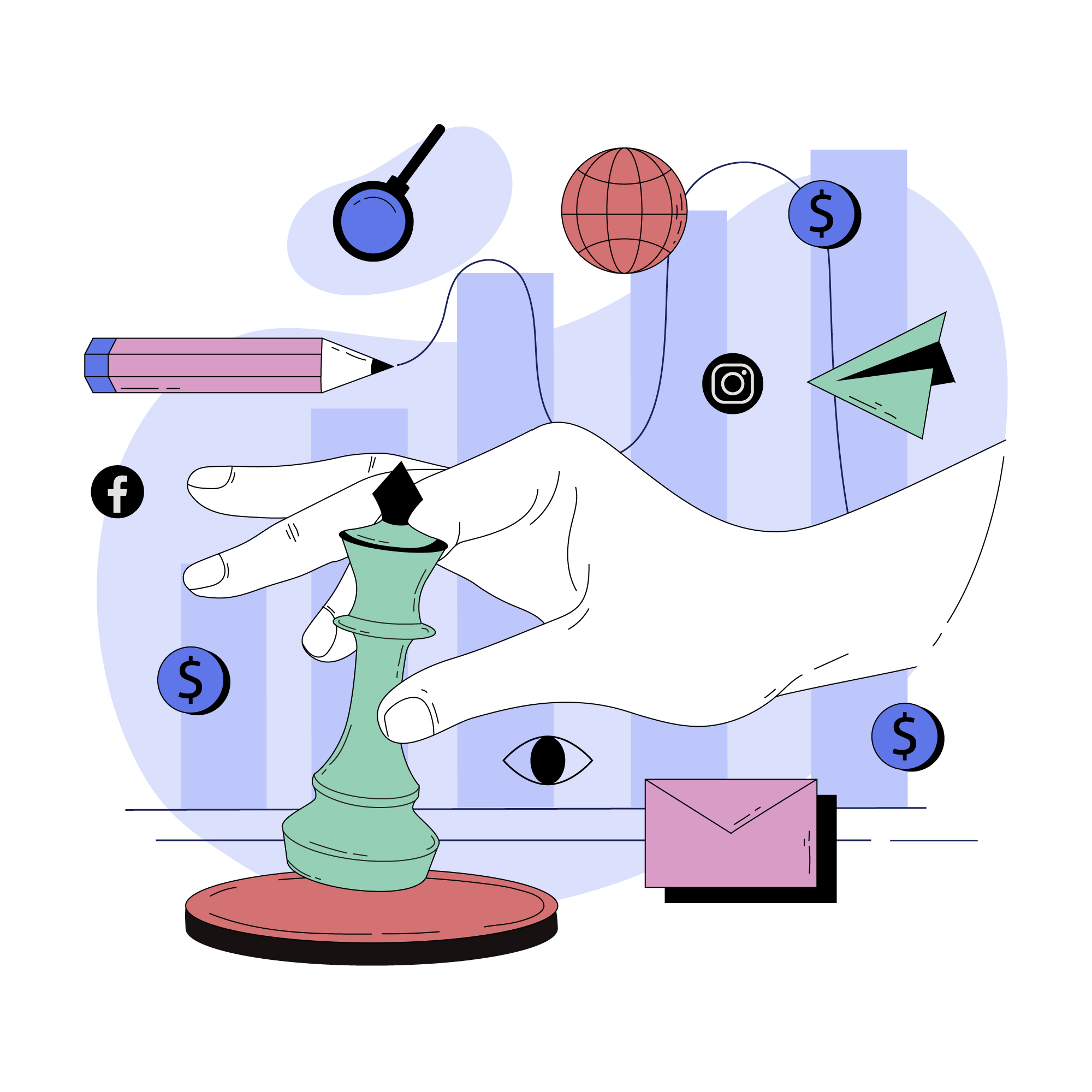
Table of Contents
The Power of Personalization: How to Tailor Your Marketing for Better Customer Engagement
In an age of information overload and constant digital bombardment, one-size-fits-all marketing strategies often fall flat. Consumers today expect brands to know who they are, understand their needs, and offer experiences that feel relevant and personalized. Personalization isn’t just a trend—it’s an expectation.
In this blog post, we’ll dive into why personalization is essential for marketing success, how to personalize your marketing effectively, and some key examples of how companies are getting it right.
Why Personalization Matters
Today’s personalization spans content, messaging, offers, products, and even customer service, all tailored to an individual’s behavior, preferences, and interactions with your brand.
But there are few reasons why personalization is critical in modern marketing:
Improved Customer Experience:
Consumers are more likely to engage with brands that offer relevant, individualized content. Personalized experiences feel more intuitive and meaningful, leading to better customer satisfaction and loyalty.Increased Conversion Rates: When customers feel that a brand understands their unique needs, they’re more likely to take action—whether that’s making a purchase, signing up for a service, or engaging with your content. Personalization drives higher conversion rates by serving customers with exactly what they want when they want it.
Customer Retention: Personalization helps foster long-term relationships. By continually delivering tailored experiences, you build trust and keep your audience coming back for more.
Higher Revenue: Targeted marketing campaigns that speak directly to a customer’s preferences or past behavior are far more likely to generate higher sales and ROI than broad, untargeted campaigns.
Competitive Advantage: In a crowded marketplace, personalization is a powerful differentiator. Brands that take the time to understand their customers’ needs and offer tailored solutions gain a significant competitive edge.
The Key Elements of Personalization
Personalization can take many forms. At its core, it’s about using data to create more meaningful interactions. Here are the main types of personalization to consider:
1. Behavioral Personalization

Behavioral personalization leverages the actions a user takes on your website, app, or social media profiles to inform content and product recommendations. This type of personalization can include:
- Website Customization: If a visitor frequently browses a specific product category, you can display those products front-and-center when they return to your site.
- Product Recommendations: E-commerce sites like Amazon use browsing and purchase history to suggest products that customers are likely to buy, increasing the likelihood of conversion.
- Email Personalization: Tailor email content based on previous interactions, such as product views, abandoned cart items, or past purchases. A follow-up email offering a discount on a product the customer recently viewed is much more likely to convert than a generic newsletter.
2. Demographic Personalization

This type of personalization targets customers based on basic demographic information, such as age, gender, location, and income. By understanding these core aspects of your audience, you can deliver more relevant content, offers, and promotions.
- Location-based Marketing: A retail store could send discounts to customers who live near one of its locations, or a restaurant could personalize offers based on customers’ local weather conditions (e.g., promoting hot drinks on rainy days).
- Age or Life Stage: Tailoring content or offers based on a customer’s age or life stage—such as offering baby products to new parents or luxury items to older consumers—is another effective strategy.
3. Psychographic Personalization

Psychographic personalization takes a deeper look at a customer’s interests, hobbies, values, attitudes, and lifestyle. This kind of personalization is more nuanced and often requires data from surveys, social media interactions, or advanced analytics.
- Content Personalization: Offering articles, blog posts, or videos that align with a user’s interests or values. For instance, a travel company might offer personalized content on eco-tourism for customers who have shown an interest in sustainability.
- Ad Targeting: Advertisers use psychographic data to create highly relevant ads. For example, a fitness brand might target users with ads for yoga mats if they’ve previously interacted with yoga-related content.
4. Transactional Personalization

Transactional personalization is based on the customer’s previous purchases or transactions. This type of personalization can help encourage repeat purchases and build long-term loyalty.
- Order History-Based Recommendations: After a customer buys a product, you can suggest complementary or upgraded products. For example, a customer who buys a camera might later receive recommendations for lenses, tripods, or camera bags.
- Post-Purchase Follow-Ups: Sending personalized emails after a purchase, asking for reviews or offering discounts on future purchases, can help maintain a relationship with the customer.
How to Implement Personalization in Your Marketing Strategy

Now that we know why personalization matters and what it looks like, let’s talk about how to implement it effectively. Personalization isn’t something you can achieve overnight, but with the right tools and strategy, it’s within reach.
1. Collect and Analyze Customer Data
The foundation of any personalized marketing campaign is data. The more you know about your customers, the more effectively you can personalize your interactions with them. Some key types of data to collect include:
- Demographic Data: Name, age, location, gender, etc.
- Behavioral Data: Website visits, click-through rates, purchases, browsing history, etc.
- Psychographic Data: Customer interests, preferences, and social media interactions.
- Transactional Data: Purchase history, order frequency, etc.
Use tools like customer relationship management (CRM) software, analytics platforms, and marketing automation systems to track and store this data. Make sure to prioritize data security and privacy, as personalized marketing requires careful handling of personal information.
2. Segment Your Audience
Not all customers are the same, so it’s crucial to segment your audience into distinct groups based on shared characteristics. The more granular your segmentation, the more personalized your messaging can be. You can segment customers by:
- Demographics (age, gender, etc.)
- Past purchase behavior
- Level of engagement with your brand (loyal customers vs. new visitors)
- Geographic location
- Interests or preferences
By creating tailored content for each segment, you ensure that each customer receives the most relevant messaging.
3. Use the Right Tools for Personalization
To manage and implement personalization at scale, you’ll need the right tools. Here are a few examples:
- Email Marketing Platforms: Tools like Mailchimp, ActiveCampaign, and HubSpot allow you to create personalized email campaigns based on customer data and behavior.
- Website Personalization Tools: Platforms like Optimizely and Dynamic Yield let you create personalized website experiences based on customer behavior, demographics, or other data points.
- CRM Systems: Salesforce, Zoho, and Microsoft Dynamics are powerful CRM tools that help you store and manage customer data to personalize communications.
- Analytics Platforms: Google Analytics, Kissmetrics, and Mixpanel provide deep insights into how customers interact with your brand and help you segment your audience effectively.
4. Craft Tailored Content and Messaging
Personalization isn’t just about adding a customer’s name to an email. It’s about delivering relevant content that aligns with their interests, needs, and actions. Some best practices include:
- Dynamic Content: Use dynamic content blocks in your emails or website to show different products, offers, or messages based on a user’s previous actions.
- Product Recommendations: Show personalized product recommendations based on a customer’s browsing or purchase history.
- Personalized Landing Pages: Create customized landing pages for different audience segments to ensure visitors see content that’s highly relevant to them.
5. Test and Optimize
As with any marketing strategy, it’s important to continuously test and refine your personalization efforts. A/B testing can help you identify which personalized elements resonate best with your audience. For example, test different product recommendations or personalized subject lines to see which ones drive the highest engagement and conversions.
Examples of Brands Doing Personalization Right
Here are a few real-world examples of brands excelling at personalization:
- Amazon: Amazon’s recommendation engine is a textbook example of behavioral personalization. By tracking what users browse, search for, and purchase, Amazon continually refines product suggestions to ensure relevance. Their “Customers who bought this also bought” feature is a direct result of personalized data.
- Netflix: Netflix uses viewing history to recommend TV shows and movies based on individual preferences, making their platform feel uniquely tailored to each user. This hyper-personalization keeps users engaged and coming back for more.
- Spotify: Spotify’s personalized playlists, like “Discover Weekly” and “Release Radar,” are based on a user’s listening habits. The app also provides personalized concert recommendations and connects users with artists they may enjoy.
Conclusion
Personalization is no longer just a luxury for brands; it’s a necessity. Customers expect tailored experiences that reflect their unique preferences, needs, and behaviors. By leveraging data and the right tools, you can deliver more relevant and engaging content that drives conversions, loyalty, and growth.
Whether you’re an e-commerce brand looking to increase sales, a content provider aiming to engage more users, or a service-based business hoping to build long-term relationships, personalization is the key to unlocking the full potential of your marketing efforts. Start small, test your assumptions, and watch your customer engagement and business outcomes soar.




